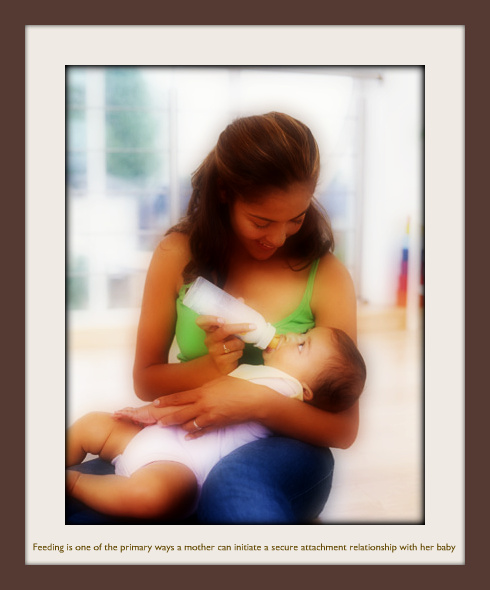 Breast is best, it’s the message new parents are told. What happens however when birthday doesn’t go the way we hoped, thins get n the way, mom and baby are separated. Sometimes babies have natural problems that can get in the way for intstance tounge tie (bout four out of every 1,000 babies born are affected with a condition called ankyloglossia or tongue-tie. Tongue-tie is when the small piece of skin under the tongue is tight and holds the tongue fastened to the bottom of the baby’s mouth. The tongue is restricted from upward motion. The small piece of skin, called the lingual frenulum, may in some cases reach all the way to the tip of the baby’s tongue. The condition tends to run in families. It may persist into adulthood, causing additional problems.) There are other things that can intervene. Consider as well the plight of the adoptive mom, even though it is possible to lactate and nurse an adopted baby not all women can or are willing to do so. Which brings us to what is possible and best for baby. One of the principles of Attachment Parenting is Feeding with Love and Respect.
Breast is best, it’s the message new parents are told. What happens however when birthday doesn’t go the way we hoped, thins get n the way, mom and baby are separated. Sometimes babies have natural problems that can get in the way for intstance tounge tie (bout four out of every 1,000 babies born are affected with a condition called ankyloglossia or tongue-tie. Tongue-tie is when the small piece of skin under the tongue is tight and holds the tongue fastened to the bottom of the baby’s mouth. The tongue is restricted from upward motion. The small piece of skin, called the lingual frenulum, may in some cases reach all the way to the tip of the baby’s tongue. The condition tends to run in families. It may persist into adulthood, causing additional problems.) There are other things that can intervene. Consider as well the plight of the adoptive mom, even though it is possible to lactate and nurse an adopted baby not all women can or are willing to do so. Which brings us to what is possible and best for baby. One of the principles of Attachment Parenting is Feeding with Love and Respect.
Bottle Nursing
- Feeding is one of the primary ways a mother can initiate a secure attachment relationship with her baby.
- Familiarize yourself with breastfeeding behaviors, and model them when bottle feeding:
- Hold the baby when bottle feeding, positioning the bottle alongside the breast
- Maintain eye contact, talk softly and lovingly
- Switch positions from one side to another
- Feed on cue and avoid schedules
- Consider reserving feeding for the mother only
- Pacifiers satisfy a baby’s sucking need. Hold the baby or child in the feeding position when he uses the pacifier
- Associate the bottle and pacifier with being held and having undivided attention, so that it doesn’t become a transitional object
- Wean from the bottle as one would wean from the breast
Feeding a child involves more than providing nutrients; it is an act of love. Whether providing for the very intense hunger needs of a newborn, or serving meals at the family dinner table, parents can use feeding time as an opportunity to strengthen their bonds with their children.
The newborn’s rooting, sucking, and crying reflexes evolved to ensure the close proximity of a mother or other caregiver that the baby can depend on to meet her intense needs. The more parents learn to identify and meet their baby’s needs, the more securely attached the parent-child bond becomes. Although older children are better able to feed themselves and to communicate their needs, parents should continue to respect the child’s hunger cues, offer healthy foods, model healthy eating habits, and make mealtimes a time for love and connection.
For more information about Bottlefeeding go to Attachment Parenting International’s sight and type bottlefeeding
